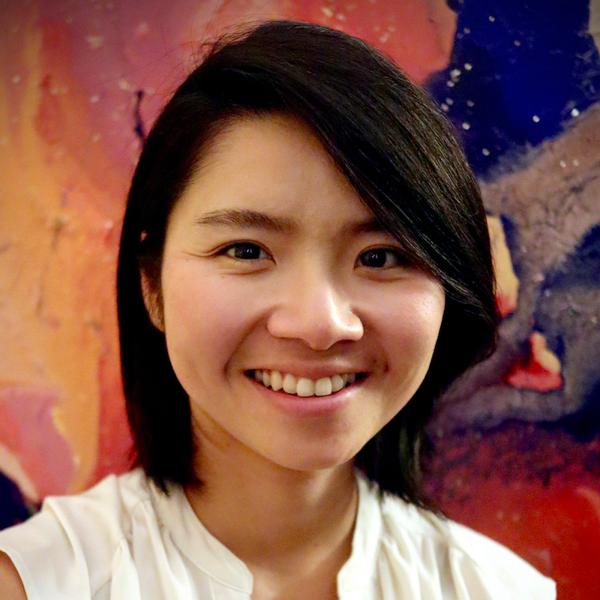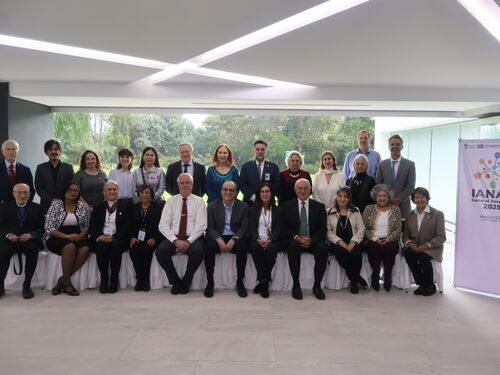From Cancer Research to Science Writing: Kristel Tjandra’s Science Communication Journey
Feature Story
By Olivia Hamilton
Last update July, 29 2024

Kristel Tjandra is a chemist-turned-journalist based in the U.S. She graduated from the science communication master’s program at the University of California, Santa Cruz, in 2024, and writes broadly about science, including the intersection between science and the humanities. Her writing has appeared in Science, Mongabay, and Drug Discovery News, among other outlets. She was an intern health reporter at KQED Radio in San Francisco and now writes for Live Science as an intern staff writer.
Before pivoting her career into science journalism, Tjandra was a postdoctoral scholar in the emergency medicine department at Stanford. She holds a doctorate in chemistry and a bachelor’s degree in medicinal chemistry from the University of New South Wales, Australia.
We asked Tjandra about her science communication journey and her experiences since winning an Eric and Wendy Schmidt Award for Excellence in Science Communications in 2022.
How did your interest in science communication begin?
Tjandra: One of the most memorable moments in my Ph.D. was sitting next to a professor at a conference and finding out that he had lost his toddler to cancer. I was halfway through my degree, developing a targeted therapy for the same cancer that claimed his daughter’s life. I had spent countless hours in the lab, growing cells and testing various compounds. Yet I had never met anyone so closely affected by the very disease that motivated my research. As a scientist, I rarely had a chance to meet and listen to stories of how people’s lives are affected by science. But as a journalist, that is what I get to do. The rare opportunities to tell science stories and meet different experts are what motivated me to pursue science communication.
Since winning the award in 2022, what has your science communication journey looked like?
Tjandra: After winning the award, I decided to pursue science communication full time. My first stop was the science communication master’s program at the University of California, Santa Cruz. During my time there, I learned the craft of science communication and gained hands-on science reporting experiences at both local and international news outlets, including a radio station in San Francisco.
What kind of communication have you done/stories have you told in the last year?
Tjandra: In the last year, I’ve written both short- and long-form stories on various scientific topics including astronomy, microbiology, and archaeology. One of my favorite things about going into science journalism is the opportunity to meet scientists from diverse backgrounds and expertise. On one occasion, I got to scuba dive with a scientific diver and film how he collected data underwater.
What storytelling techniques or strategies have you been using to make complex scientific topics accessible to a general audience?
Tjandra: Most of my storytelling is journalistic. I put together stories by conducting interviews with experts and reviewing scientific literature. I then explain complex scientific concepts and findings in plain language to ensure that my non-expert audiences stay informed and engaged.
What are your goals for the future?
Tjandra: My plan for the next year is to be a full-time science journalist. I’d like to keep growing my skill set by working with seasoned editors and writers.
Related Resources



